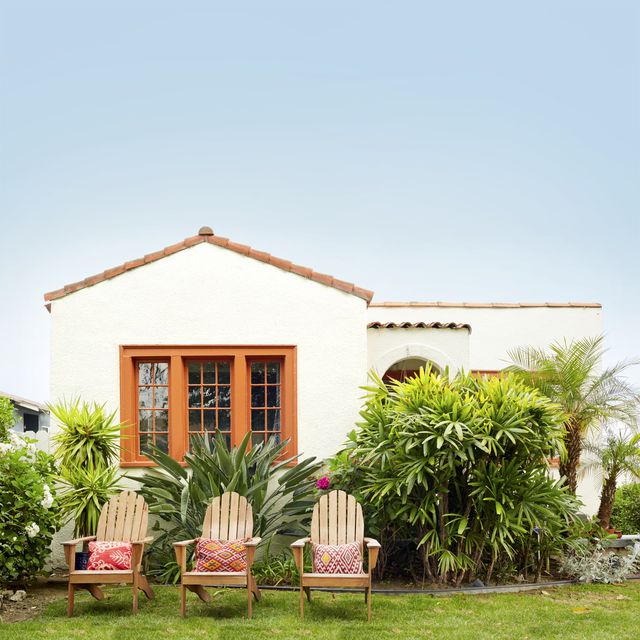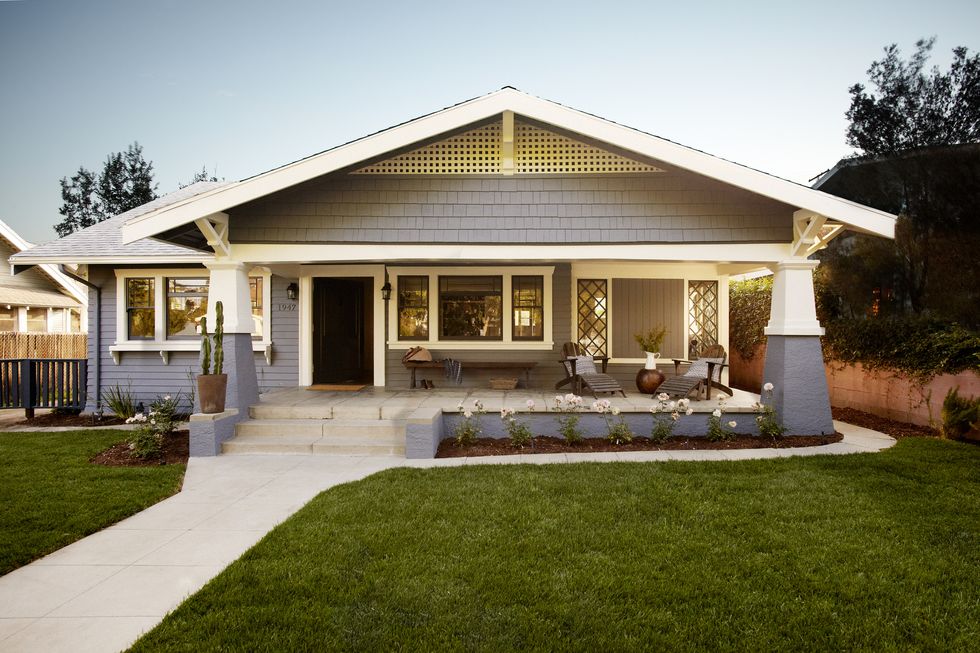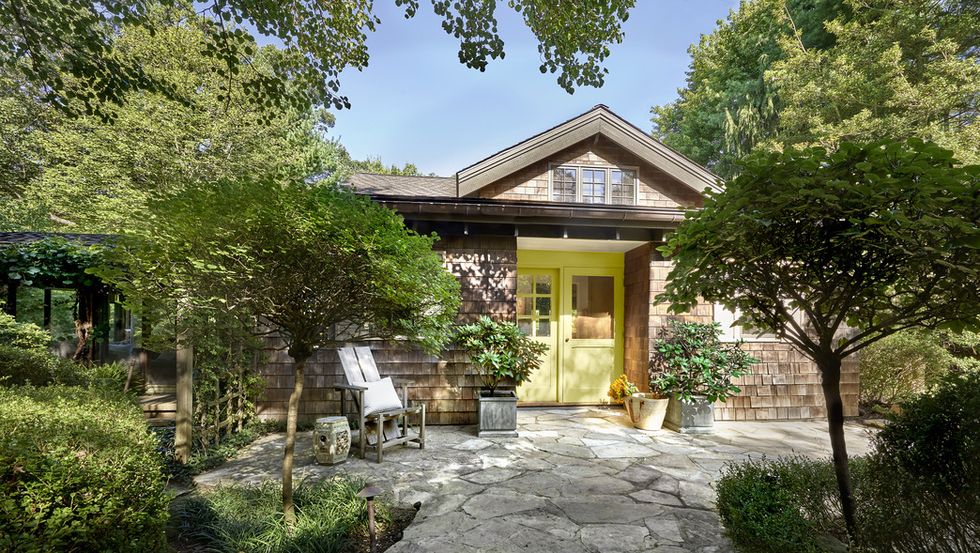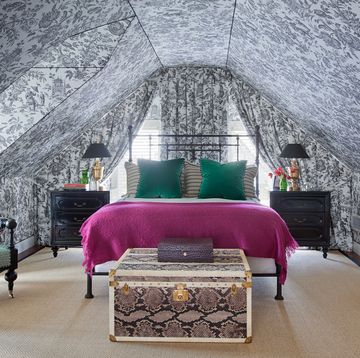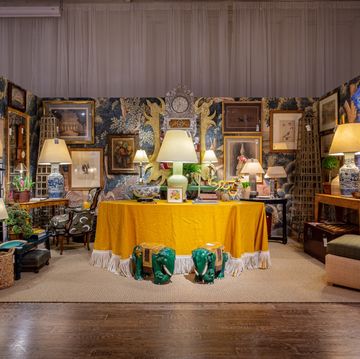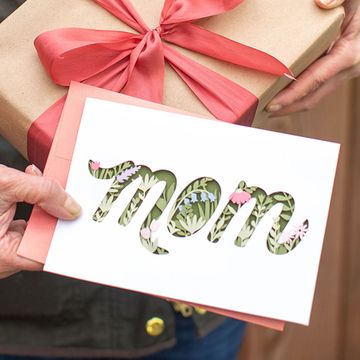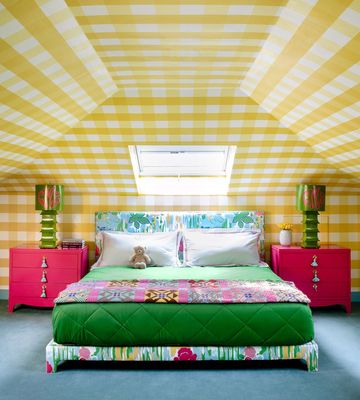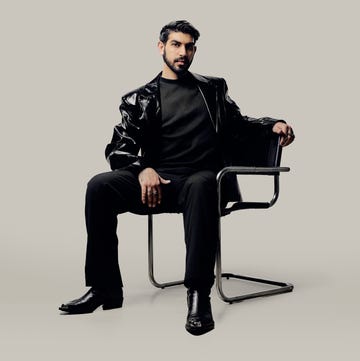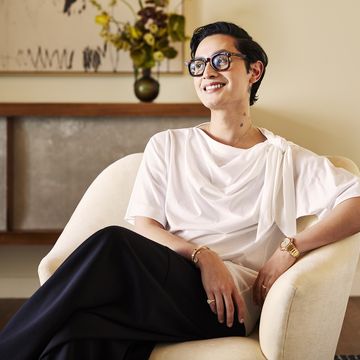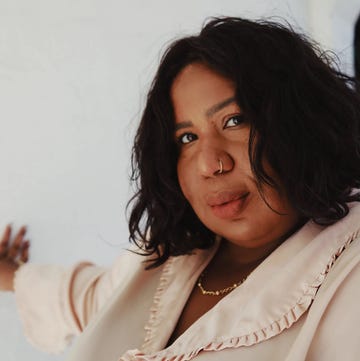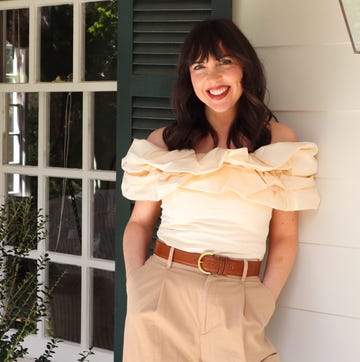When buying a home, there's a seemingly endless list of different styles of houses to consider. If you're looking for something on the smaller side, you've probably run into the word bungalow—but what exactly is the architectural style? Ahead, dive into what the housing term actually means, from the physical characteristics to the history of the home design.
What is a Bungalow?
Generally, classic bungalows are usually one to one-and-a-half stories, with the second story mostly contained to the front of the home. Other characteristics include:
- Sloping roof: Bungalows typically have a low-pitched, sloping roof. “Along with the roof design, other staple architectural elements of bungalow-style homes include a triangular knee brace used to join the roof to the front of the house, creating a sloped design,” Sarah Fishburne, director of trend and design at The Home Depot, says.
- Covered porch: The front porches of bungalows are typically long and covered. They're reached by a set of stairs at the entrance.
- Open floor plan: The common areas of a bungalow fan out in one interconnected floor plan.
- Small footprint: Bungalows typically have a small, cozy interior with less square footage than a basic single-family home.
- Built-ins: Bungalows usually have a lot of built-ins—specifically, bookcases in the living area and columns in the dining space—that provide personality inside and out.
A Quick History of Bungalows
When British colonialists first created the bungalow style, they were settling temporarily in India during the 19th century and seeking properties that could be quickly constructed to provide shelter from the sun. “Normally, the exterior of a bungalow-style home, also called a craftsman-style home, appears balanced and linear but not necessarily symmetrical,” Fishburne says. “Bungalow-style homes generally have a covered porch with square columns that serve as the greeting spot of the home, as well as a low-pitched roof and double-hung windows.”
When the colonialists returned to Britain, they brought this look home. The style began popping up on the English coasts, but it wasn’t until this type of architecture reached California in the 1890s and into the 20th century—as Los Angeles was beginning to boom—that bungalows became the de facto design for single-family properties. Architects Charles and Henry Greene are credited with introducing it in Pasadena, but soon bungalows were found across the States and adopted under various names. Frank Lloyd Wright, for instance, built “prairie-style” homes in the Midwest, which is a variation on the bungalow.
“The bungalow style is simple yet detailed,” Fishburne says. “From its large front porch to the typical single-story floor plan, the architecture evokes a sense of nostalgia and attainability that resonates with many homeowners.”
The Pros and Cons of a Bungalow
Every type of home has its pros and cons. Here are a few to consider before buying a bungalow:
- Low maintenance: Since bungalows are small and lower to the ground, they're easier to clean—whether it involves cleaning the gutters or dusting the interiors.
- Easy navigation: Bungalows often boast a stairless design, making them a bit safer and easier to navigate for those with limited mobility. It can also be safer for families with young children who might want to avoid any staircase accidents.
- Limited space: Larger families may find it hard to reside in the limited square footage of bungalows. Not to mention, the open floor plan can present challenges for those who live with family members or roommates.
- Privacy: With most of the rooms existing on the ground level and having large windows, privacy is definitely a factor to consider. Owners might want to consider adding exterior elements like trees to boost privacy.
You love beautiful homes. So do we. Let’s obsess over them together.
Follow House Beautiful on Instagram.
